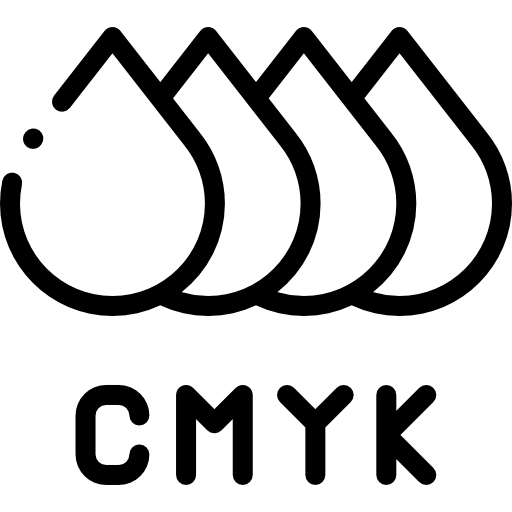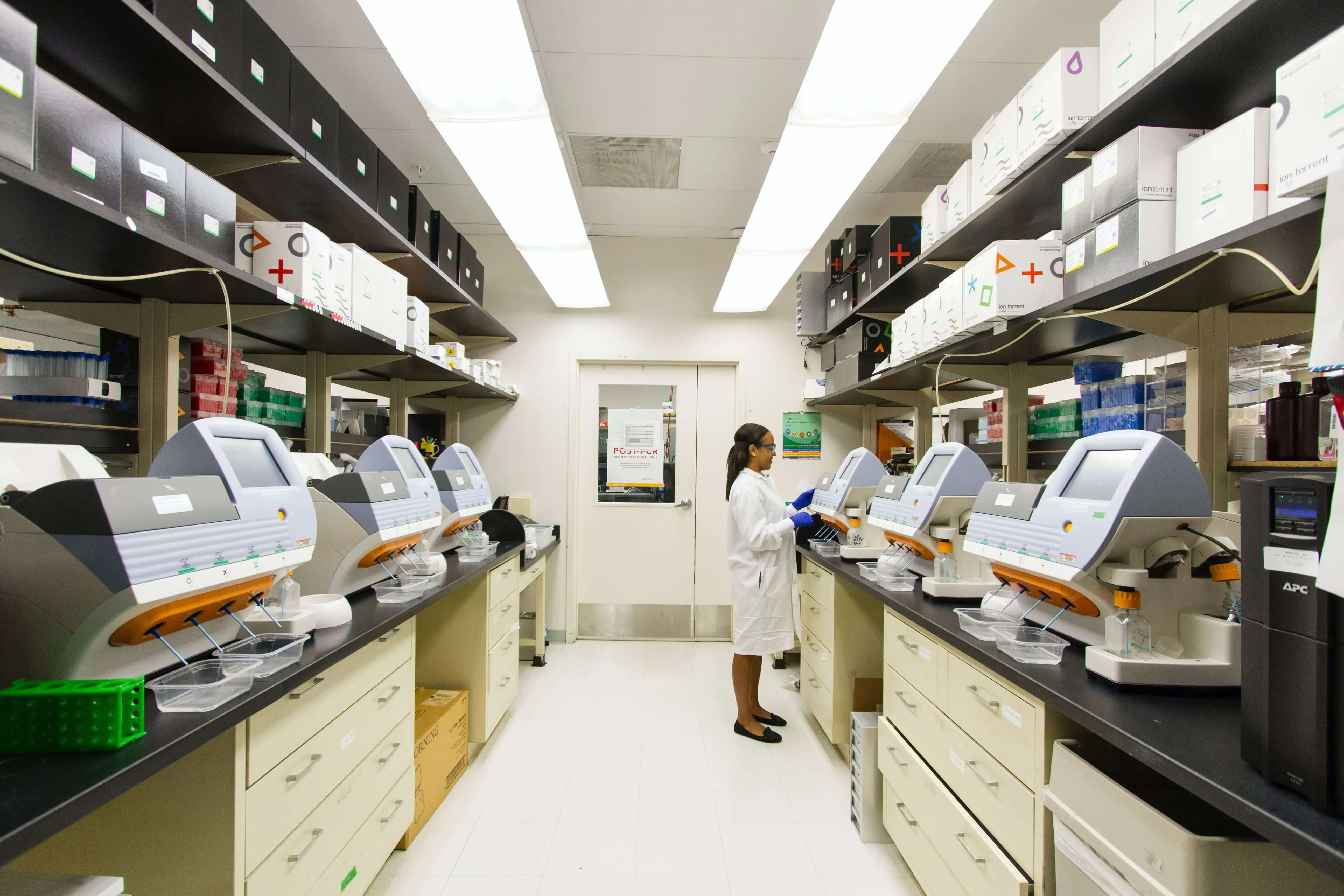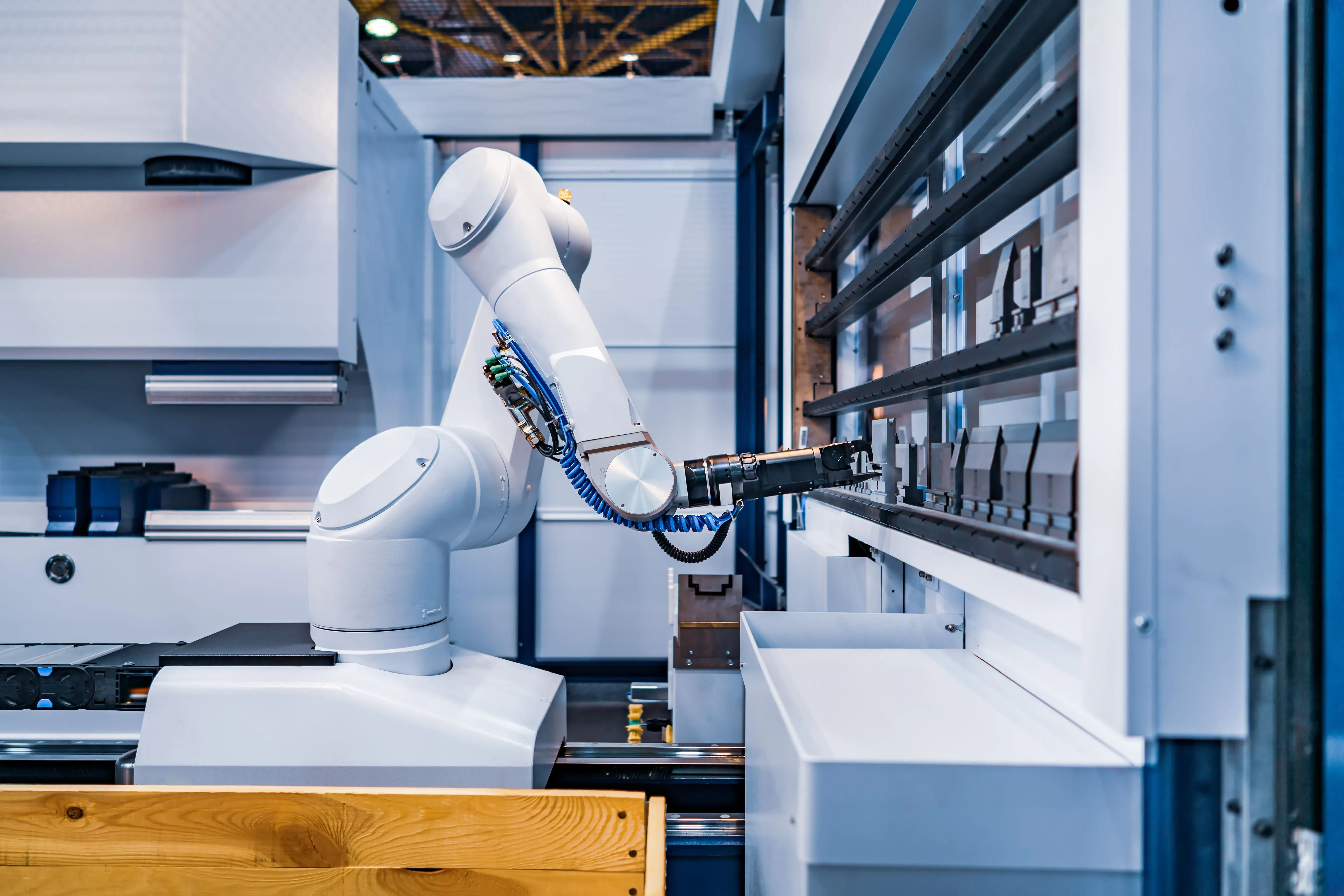Description
PP plastic, or polypropylene, is the second most widely used thermoplastic worldwide and is continuously expanding into new applications and industries. PP plastic is very soft and highly stretchable, making it suitable for various blister packs, thermoformed parts, and packaging applications, thanks to its high maximum operating temperature of 100°C.
Processing and Thermoformability
Thermoforming PP is generally more challenging compared to similar plastics. PP plastic thermoformed parts require longer heating and cooling cycles, reducing processing speed. Thermoforming tools are typically made of aluminum and are relatively expensive because they need optimal and consistent temperature control. This is achieved through deep-hole drill cooling, which requires the thermoforming tool to be a single, solid piece. As a result, basic tools with multiple, interchangeable inserts cannot be used for PP plastic. Additionally, creating prototype tools using 3D printing or Ureol is not feasible due to the lack of temperature control options in PP thermoformed parts. Prototyping must be carried out using the production tool under optimal manufacturing conditions. It is also important to note that PP plastic does not allow bonding processes in the post-processing of blister packs.
Material Options
 Weldable
Weldable Printable
PrintableFacts
Price
Colors
Features
- Food safe (also as an A-PET alternative)
- Very good heat resistance, sterilizable up to 125°C
- Resistant to: chemicals, alcohol
- Low density: lightweight
- Stable prices due to versatile industry use
Weaknesses
- High tendency to deform
- No oxidizing agents
- No alcohols
- Assembly: Bonding not possible
- Poor appearance: Not suitable for visible parts
- Complex tools required
Common Industries and Applications:

Automotive
- Sunroof frames
- Door inner frames
- Battery covers for industrial trucks
- Splash protection for batteries

Medical Technology
- Medical packaging
- Medical housings
- Lids for pharmaceutical shipping containers

Consumer Goods
- Product packaging

Food
- Dairy product cups
- Microwave-safe trays
- Food packaging

Industrial Solutions
- Wash carrier basket inserts
- Cleaning trays
- Automation container inlays
- Covers
- Disposable trays
- Plastic trays
- Base trays
- Transport trays for steel components
- Box inserts
- Inlays for stainless steel parts
- Drip trays
- Back panels
Facts and Figures:
| Group | Standard Thermoplastics |
| Structure | Semi-Crystalline |
| Density | 0.91 |
| Continuous Use Temperature Max. (in °C) | 100 |
| Thermal Expansion Transverse/Longitudinal to Flow Direction (10^-6 *K) | 100 - 200 |
| Melting Temperature (°C) | 163 |
| Max. Temp. Short-Term (°C) | 140 |
| Max. Temp. Long-Term (°C) | 100 |
| Impact Strength (KJ/m^2) | 50 |
| Abrasion Resistance | ++ |
| Yield Stress (N/mm²) | 33 |
| Tensile Strength (N/mm²) | 30 |
| Tensile Modulus of Elasticity (N/mm²) | 1200 |
| Elongation at Break (%) | 700.00 |
| Ball Indentation Hardness (N/mm²) | 72 |
| Dielectric Strength (kV/mm) | 50 |
| Volume Resistivity (Ω · m) | >1E14 |
| Surface Resistivity (Ω) | 1E13 |
| Tracking Resistance CTI | 600 |
Additional Plastics in the formary Portfolio
Frequently asked questions about PP plastic
PP plastic, also known as polypropylene, is the second most commonly used thermoplastic worldwide after PET. Its high elasticity, low density and good heat resistance make it ideal for thermoformed parts, packaging, blister packs and technical applications in industries such as automotive, medical technology and food packaging.